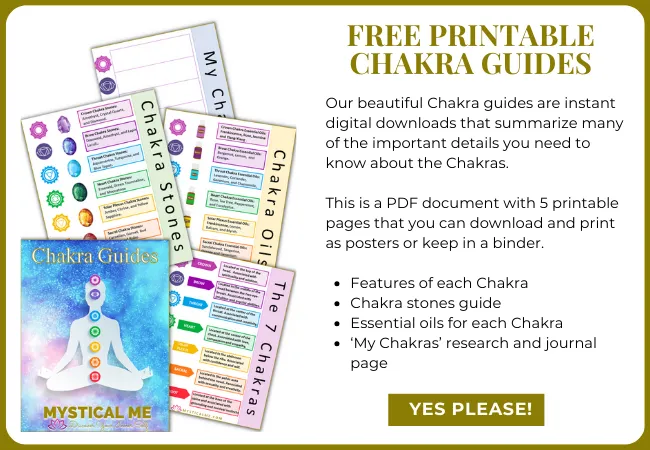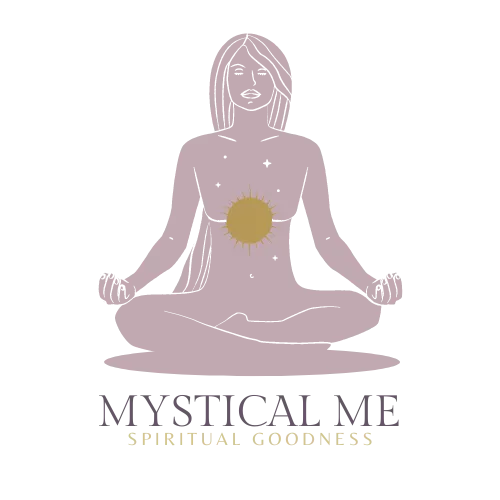
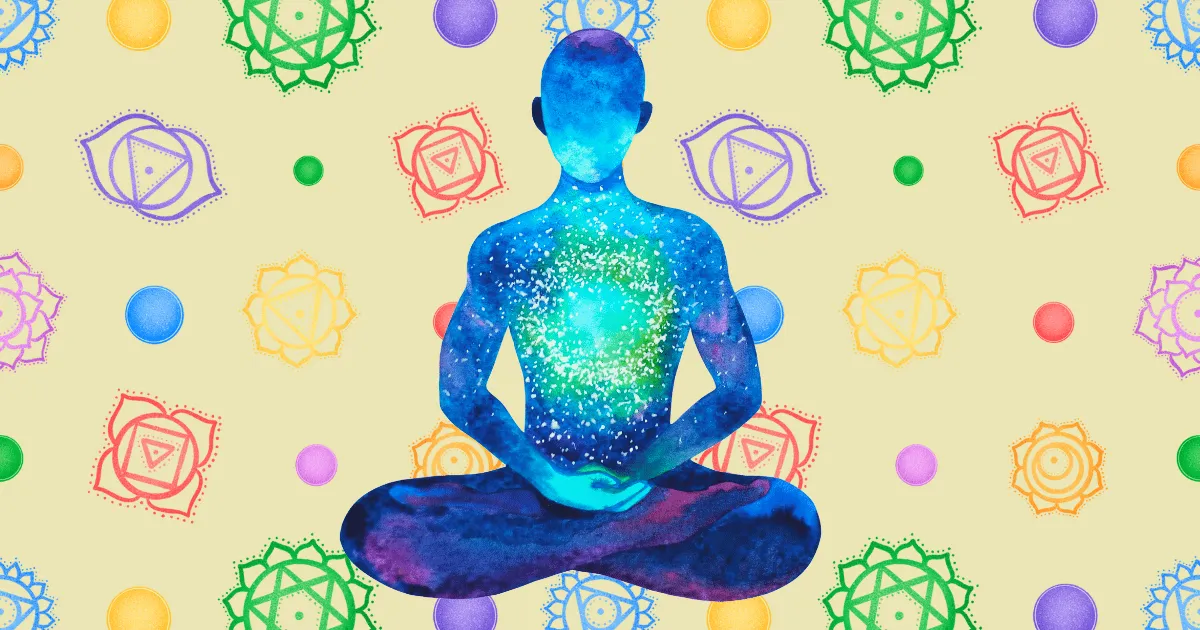
What Do Chakras Do?
Welcome back to Mystical Me! Have you ever thought to yourself "what do chakras do?" or whether they can impact your spiritual journey?
In this blog post, we'll explore the spiritual history of the chakras and the qualities and attributes associated with each of the seven main chakras. We will also take a look at the effects a balanced and unbalanced chakra can have on us.
If you are new to the world of chakra energy, I hope this post will deepen your understanding and connection to these vital components of your spiritual anatomy!
Spiritual History
According to Hindu scriptures, the chakras are energy centers in the body. They each correspond to different areas of our physical, emotional, and spiritual well-being.
These energy centers are said to be located along the spine. They are associated with different colors, elements, and sounds.
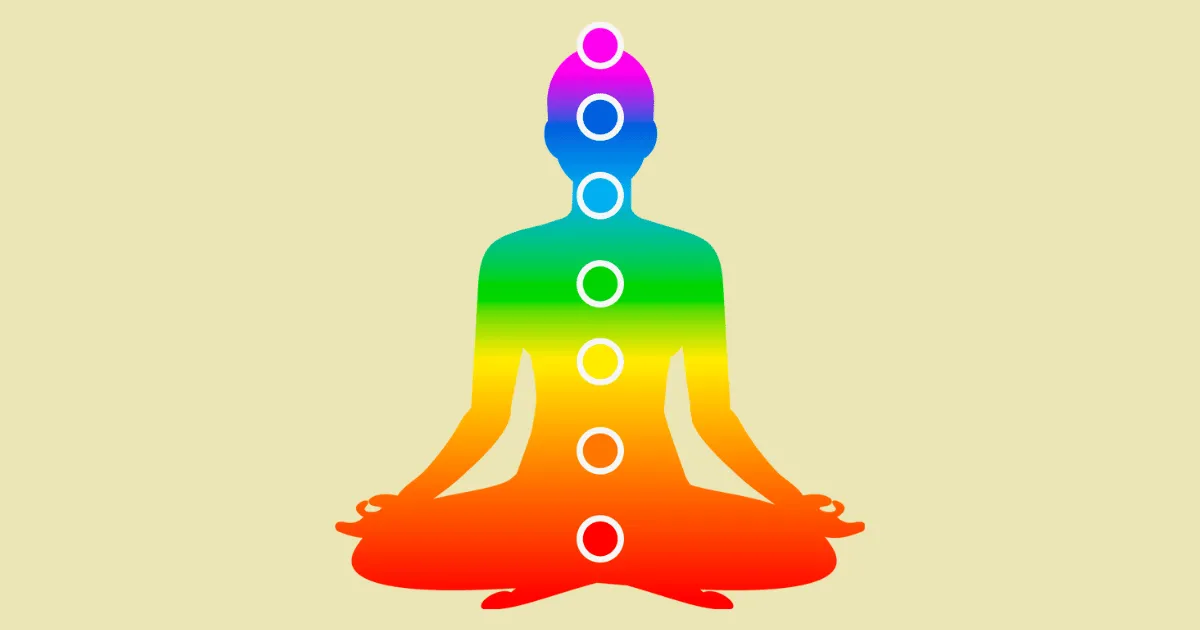
The ancient Hindu texts, known as the Upanishads, mention the existence of the chakra system, and its role in our overall health and well-being.
Most commonly referenced in Hinduism are the seven main chakras. These are known as the root, sacral, solar plexus, heart, throat, third eye, and crown chakras.
The Hindu text known as the Hatha Yoga Pradipika also provides guidance on how to awaken and balance the chakras through various yoga postures, breathing techniques, and meditation.
Another important Hindu text, the Yoga Sutras of Patanjali, explains that the chakras are essential for the flow of prana or life energy in the body. It states that by balancing and activating the chakra system, one can achieve greater physical, mental, and spiritual health.
Overall, Hinduism views each chakra as a key component of our spiritual anatomy and an important tool for achieving balance and harmony in our lives.
How Do The 7 Chakras Work?
Let's take a deep dive into the seven chakras and explore their individual characteristics and how they relate to our physical, emotional, and spiritual well-being.
We'll explore each chakra in detail, starting from the root chakra and ascending upwards to the crown chakra. You will discover their Sanskrit names, associations, healthy and unhealthy states, chakra stones, essential oils, and other helpful information.
The Root Chakra: Muladhara
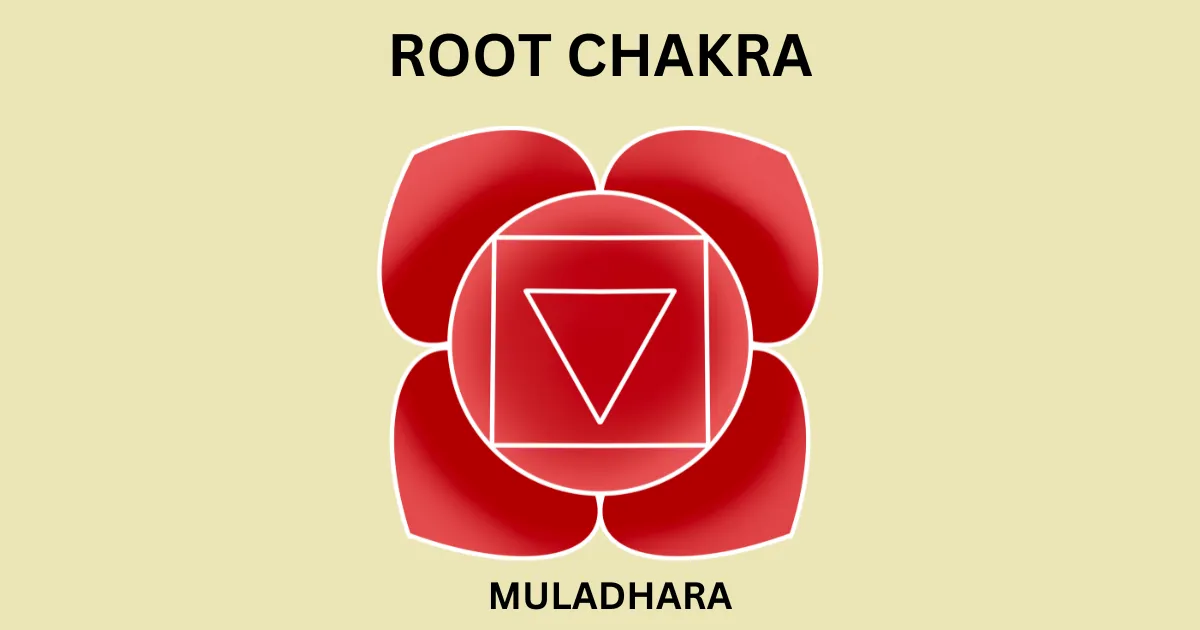
The root chakra, (Sanskrit name is Muladhara), is located at the base of the spine and is associated with grounding, stability, and safety.
Associated with: The physical body, survival, safety, stability, and grounding.
Healthy state: Feeling grounded, safe, and secure in your physical body.
Unhealthy state: Feeling anxious, fearful, or disconnected from your body.
Chakra stone: Red jasper or garnet.
Essential oil: Patchouli or cedarwood.
The Sacral Chakra: Svadhisthana
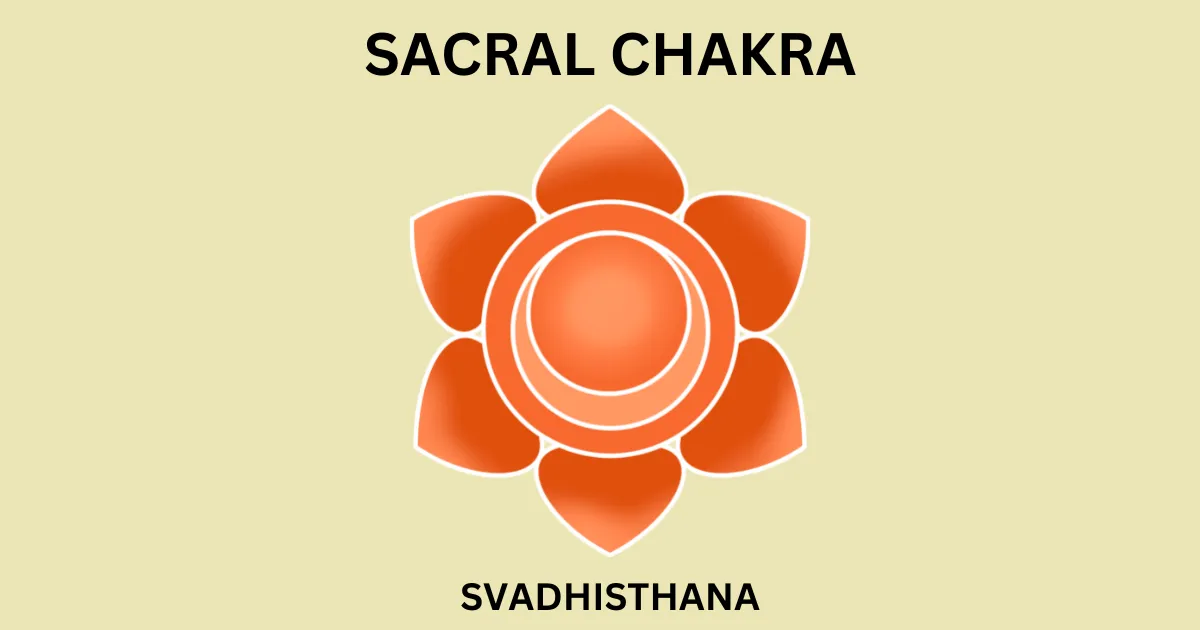
The Sanskrit name of the sacral chakra is Svadhisthana. The sacral chakra is located in the lower abdomen and is associated with creativity, sexuality, and emotional balance.
Associated with: Creativity, sexuality, emotions, and pleasure.
Healthy state: Feeling creative, sensual, and emotionally balanced.
Unhealthy state: Feeling stuck creatively, experiencing sexual dysfunction, or feeling emotionally unstable.
Chakra stone: Carnelian or orange calcite.
Essential oil: Ylang-ylang or jasmine.
The Solar Plexus Chakra: Manipura
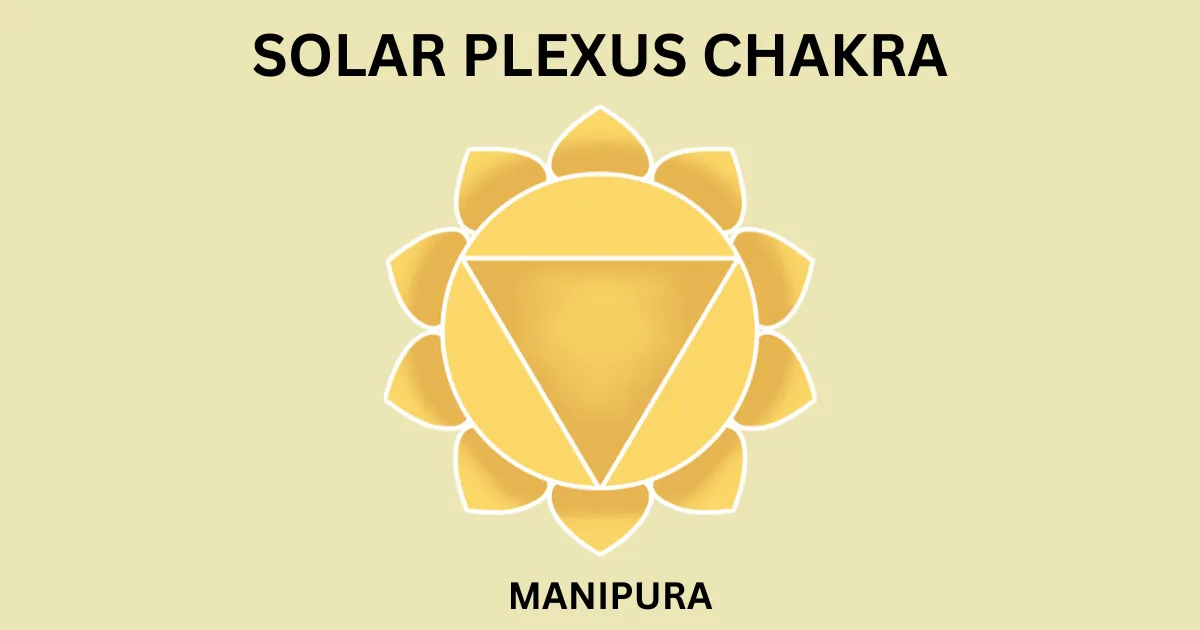
The solar plexus chakra, or Manipura, is located in the upper abdomen and is associated with personal power, self-esteem, and confidence.
Associated with: Personal power, self-esteem, confidence, and willpower.
Healthy state: Feeling confident, empowered, and self-assured.
Unhealthy state: Feeling insecure, anxious, or lacking in confidence.
Chakra stone: Citrine or yellow jasper.
Essential oil: Lemon or bergamot.
The Heart Chakra: Anahata
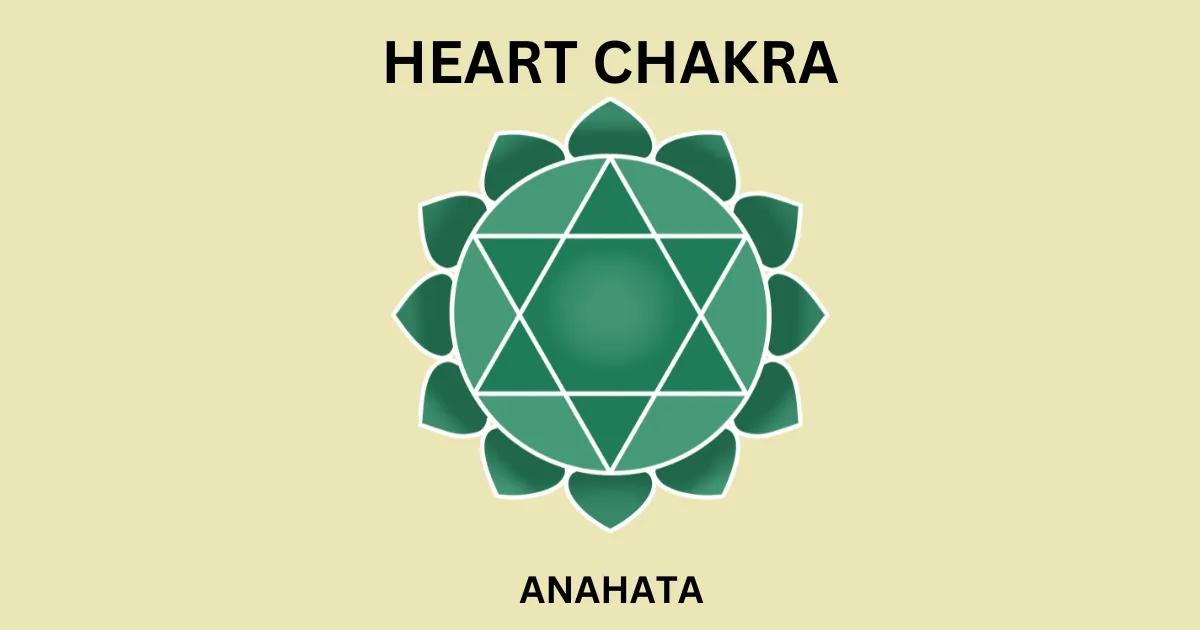
Anahata is the name of the heart chakra and is located in the center of the chest. This chakra is associated with love, compassion, and connection.
Associated with: Love, compassion, connection, and emotional balance.
Healthy state: Feeling open-hearted, connected, and compassionate.
Unhealthy state: Feeling closed-off, disconnected, or emotionally unbalanced.
Chakra stone: Rose quartz or green aventurine.
Essential oil: Rose or geranium.
The Throat Chakra: Vishuddha
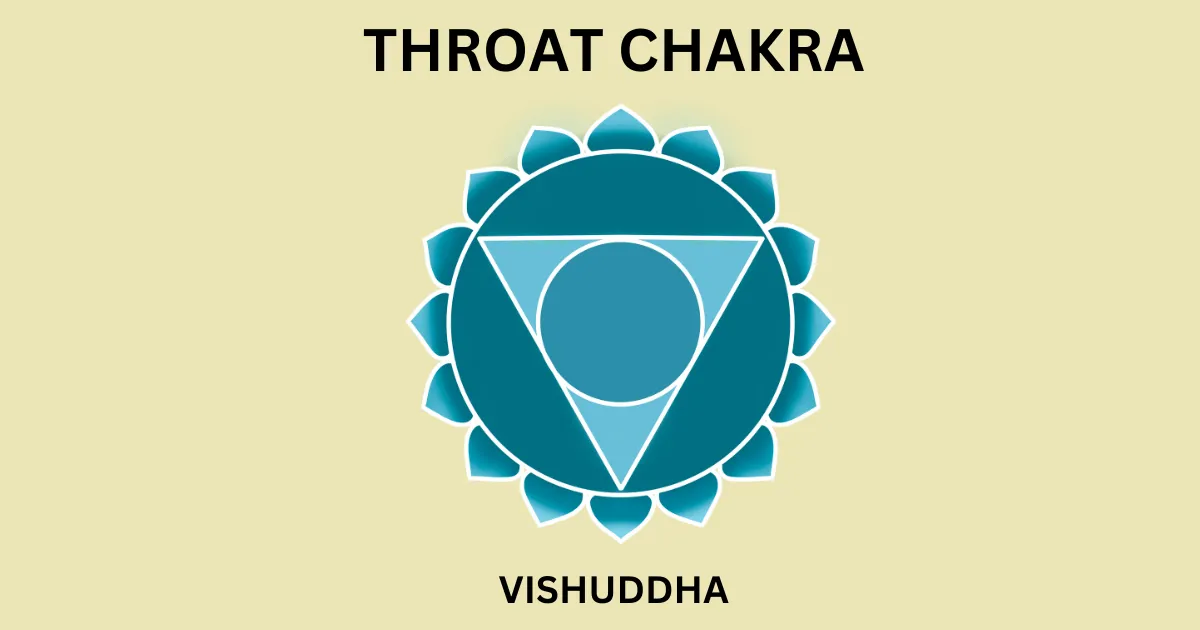
The throat chakra, or Vishuddha, is located in the throat and is associated with communication, self-expression, and authenticity.
Associated with: Communication, self-expression, authenticity, and creativity.
Healthy state: Feeling able to communicate freely and express yourself authentically.
Unhealthy state: Feeling blocked or inhibited in your communication or self-expression.
Chakra stone: Sodalite or blue lace agate.
Essential oil: Lavender or chamomile.
The Third Eye Chakra: Ajna
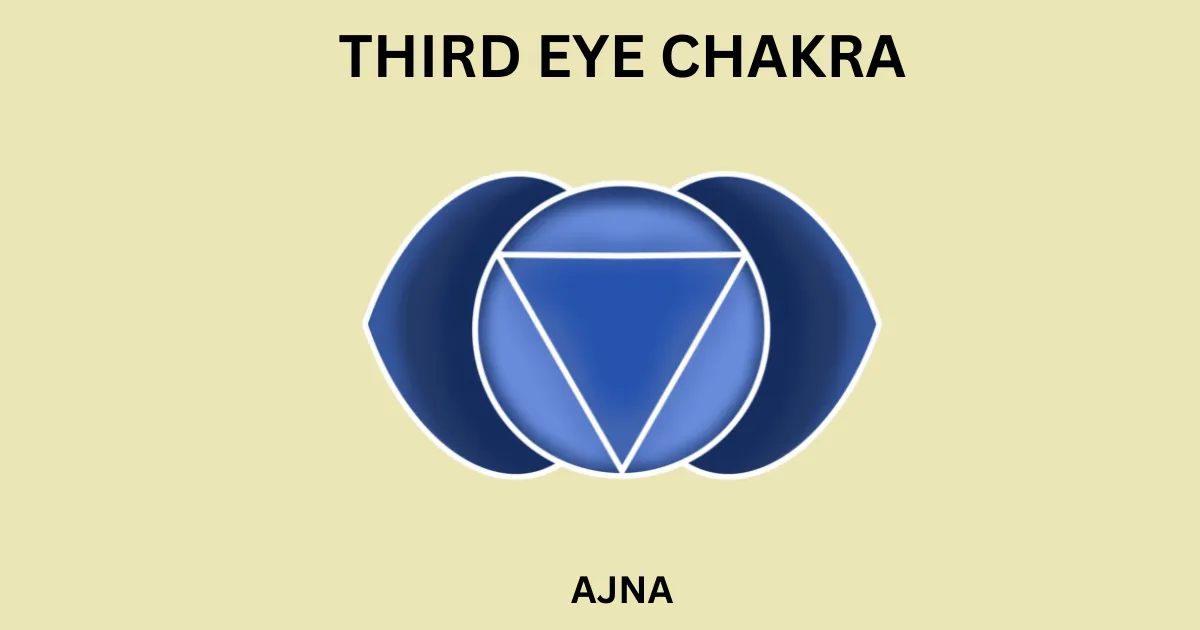
The third eye chakra is called Ajna In Sanskrit. Ajna is located in the center of the forehead and is associated with intuition, insight, and spiritual awareness.
Associated with: Intuition, insight, spiritual awareness, and inner wisdom.
Healthy state: Feeling connected to your inner wisdom and intuition.
Unhealthy state: Feeling disconnected from your inner wisdom or lacking in
Chakra stone: Amethyst or lapis lazuli.
Essential oil: Frankincense or sandalwood.
The Crown Chakra: Sahasrara

Sahasrara is the crown chakra. Sahasrara is located at the top of the head and is associated with connection to the divine, spiritual enlightenment, and unity consciousness.
Associated with: Connection to the divine, spiritual enlightenment, and unity consciousness.
Healthy state: Feeling a deep connection to the divine and experiencing spiritual awakening.
Unhealthy state: Feeling disconnected from the divine or lacking in spiritual awareness.
Chakra stone: Clear quartz or amethyst.
Essential oil: Myrrh or frankincense.
So Now You Know Exactly What Chakras Do!
If you are new to learning about the chakras you are probably now a little in awe of what a spiritual powerhouse they are! In fact, understanding and balancing your chakras can be an important part of maintaining your physical, emotional, and spiritual health.
By understanding the associations, healthy and unhealthy states, chakra stones, essential oils, and other helpful information for each of the 7 chakras, you can begin to bring your energy centers into greater balance and harmony.
Exploring these powerful energy centers can help bring a deeper sense of awareness, balance, and well-being to your life.
With Love,

PS: If you enjoyed today's chat, you might also enjoy:
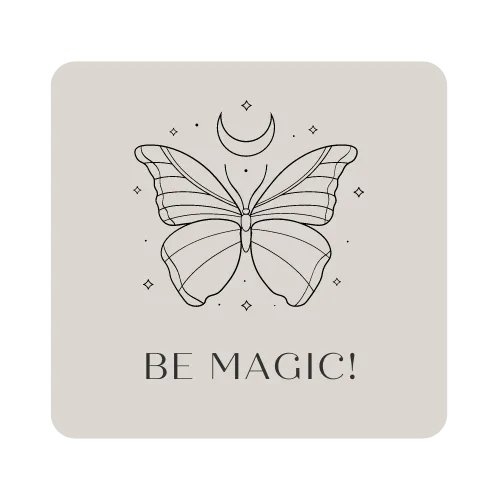
"Within each of us lies the
infinite potential for magic,
wonder, and spiritual growth."
DISCOVER JUST HOW MYSTICAL YOU REALLY ARE!

